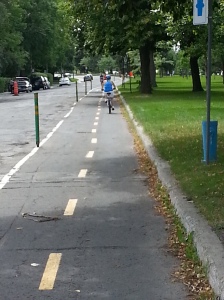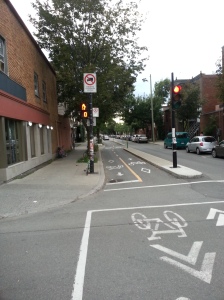The Covid-19 pandemic, recently compounded by the unrest following the George Floyd killing, has placed our public leaders front and center. Our President, placing self-interest above national interest, as always, has failed dismally. Much ink has been spilled on his self-dealing, mendacity and overall poor leadership, and I agree with almost all of it. If I had to pick what I find most distasteful about Trunp, though, it would be easy — at a time when we all need to work with, and show respect to, each other to contain the virus, he has politicized the issues and worked to divide us.
Trump has thrown a bone to the Black Lives Matter movement by calling (weakly) for police reforms and and by ordering an investigation, though I don’t think anyone in or sympathetic to the movement feels he is really taking their concerns seriously. Where he has utterly failed, at a cost of tens of thousands of lives, is in his handling of the corona virus crisis. As a person vulnerable to Covid-19, I view Trump’s refusal to wear a mask, and encouraging those who don’t in the name of freedom, a direct threat to my health and well-being. His holding a rally (aside from the offenses of originally scheduling it on Juneteenth and holding it at a site of anti-Black violence) at which masks and social distancing will not be required is beyond irresponsible – it is a taking advantage of his followers, who no doubt readily will click on the liability waiver they are required to accept in order to attend.
Our Governor, by contrast, has shown good leadership, though he has made mistakes and has resisted taking responsibility for them. Instead of shouting down reports whose questions he doesn’t like (and, when tired of that, discontinuing briefings altogether), he has faced the public every day and has answered questions from the press. His forthrightness and vulnerability (contrary to his former style, which was more authoritarian, leading a character in an editorial cartoon to ask “when can I start hating Cuomo again?) have earned him the trust of many (and the hearts of some) of his constituents. He has resisted the pressure of those desiring to “open up” the economy too soon, and what is happening in other states suggests he is right, though the negative effects on the economy and our mental and physical health of going slow are undeniable, and he does acknowledge them. In my view, he is walking the fine line appropriately.
On Black Lives Matter, he has shown a more genuine concern while responding in a more politically savvy way, kicking the can down to local police departments rather than undertaking any major reforms at the State level.
Another response has been his executive order declaring Juneteenth a paid day off for State workers (at the expense of a public fisc that is teetering on the edge of disaster) which I see as a political giveaway to State employees rather than a serious effort to memorialize Juneteenth and what it stands for (to his credit, the Governor also has asked the Legislature to declare Juneteenth a State holiday, which is the right way to go about it).
Instead of abdicating his role as the counter party to the public employee unions, representing the taxpayers with respect to the collective bargaining agreements that govern the terms and conditions of most State employment, what the Governor should have done, while waiting for the Legislature to act, was to order training and education on racial bias and Black history for all State employees for part of the day.



 Posted by capitolview
Posted by capitolview 


